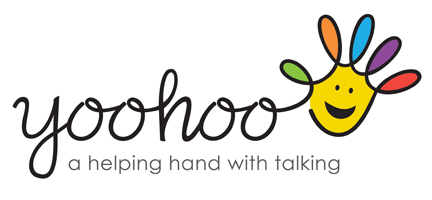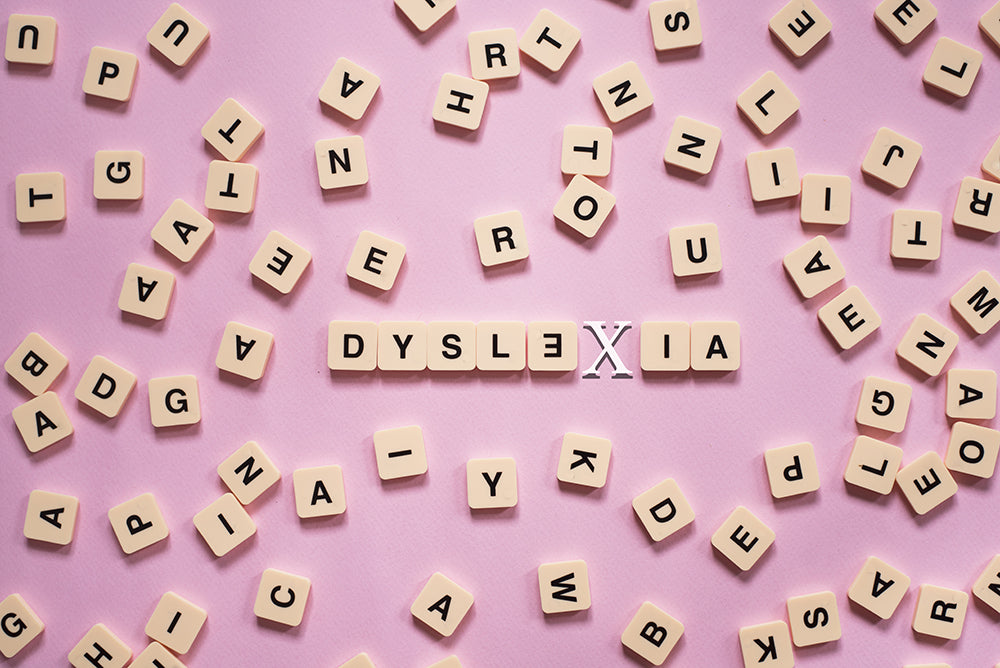Colour Coded Language (CCL) was designed primarily as a language and communication therapy tool. However, as it evolved, we realised that it could offer far more and help numerous children.
Since its development, CCL has supported children from the age of 4 through to 11 years. It has been used to support high frequency words, story writing, curriculum topic language and even vocabulary relating to the 11+. CCL has aided children presenting with: language delays, language disorders, Autism, Dyslexia, memory & processing challenges and anxiety. My own children successfully use CCL independently during homework tasks and spellings.
But the question for this blog is how can CCL help dyslexia? Let’s explain.
Dyslexia is a language-based learning disability. Usually it is just associated with a child having difficulties with reading. However, it can affect spoken language, word retrieval, remembering sequences/information/spoken directions, spelling, rhyme, how a child says words, completing math operations and more complex language skills such as grammar, understanding the meaning of text and writing/planning essays.
Many commercial materials are not able to cue teachers to use explicit teaching procedures. This means that if they wish to teach inclusively, they must adapt materials.
CCL offers flexibility in its usage which means no additional adaptations or preparation. The only aspects that must remain fixed are the colours and the dudes. Additionally, CCL uses a dyslexic friendly font. Open Dyslexic is a new open source font created to increase readability for readers. For more information go to www.opendyslexic.org This is available as a free download, so families and schools can also use this to enhance their support.
The following list identifies how CCL can work with recommendations and guidelines for supporting children with dyslexia.
Clarify or simplify written directions – Recommendation: underline the significant parts of the directions.
CCL– When underlining use the coded colour so that the child can know the function of the word and its meaning.
Highlight essential information – Recommendation: If a child has difficulty finding the essential information within a body of text, mark this information with a highlighter pen.
CCL– Use an appropriately coloured highlighter so the child can see the word form, the function of the word and its likely meaning.
Provide additional practise activities – Recommendation: Some class tasks do not offer enough practise to acquire mastery of skills. Supplement general class activities with practise activities. These include: games and self-correcting tasks.
CCL– Games: Vocabulistic and Mini Pocket Packs help promote practise with class-based vocabulary. You can use the already provided word banks or link in with lesson vocabulary.
Self-correcting: Students can edit their work with colour. For example, if the task was to use adjectives, they can colour code the nouns and then check that each noun, where possible, has an adjective.
Provide a glossary in content areas – Recommendation: Provide children with a list of topic related vocabulary.
CCL– Offers pre-made vocabulary lists relevant for Year R through to Extension in Year 6. Other glossaries or word lists generated by the teacher or online educational sites can also be colour coded.
Develop reading guides – Recommendation: A guide helps a child understand the main idea and sort the numerous details related to the main idea.
CCL: The Learning Mat offers a structured guide/grid system which means vocabulary can be sorted and likely meaning identified. The learning mat comes in a wipe clean mat format and re-printable pdf.
Use assistive tools – Recommendation: Dictionaries.
CCL: Prompt Cards cover all word forms and are graded dependent on age and key stage level. These can act as mini dictionaries or prompts.
Provide graphic organisers – Recommendation: An outline, chart or blank web can be given to children for them to fill out (independently or with support) during class discussion or introduction.
CCL: The Learning Mat and Vocabulary Mats can help children listen for key information, record accurately and see the relationships among concepts and related information.
Simultaneously combine verbal and visual information – Recommendation: Verbal information can be provided on visual displays (interactive whiteboard, flip charts, overhead projector).
CCL: Core vocabulary/information can be written on flip charts in its colour coded form. Interactive whiteboard can have information pre-coded or a Learning Mat could be uploaded (pdf format). Target words/vocabulary can be coded with a highlighter or underlined as they are named, reached or worked on.
Write key points or words on the flipchart or whiteboard – Recommendation: Prior to a lesson, the teacher can write new vocabulary words and key points on the board.
CCL: These words can be colour coded as they are written or be underlined or highlighted once written.
Change response mode -Recommendation: For children who find fine motor responses difficult (such as handwriting) the response mode can be changed. For example, multiple choice, sorting or being given more space to write such as a wipe clean or chalk board.
CCL: Choices can be offered with the options in the correct colour, pre-written and coded words can be sorted, and the learning and vocabulary wipe clean mats can be used to offer more space for writing.
Children with dyslexia often need a great deal of structured practise and immediate, corrective feedback to develop automatic word recognition skills. For students with dyslexia, it is helpful if their outside support systems work closely with classroom learning and teachers. We feel that Colour Coded Language can be used successfully at home, with tutors, therapists and within school. That, we feel, is how Colour Coded Language can support your child.
Fancy giving Colour Coded Language a try with your child or in your class then visit our online shop. Use the code CCLisAWESOME18 and receive an immediate 10% discount.
Reference: International Dyslexia Association (IDA) www.DyslexiaIDA.org


Leave a comment